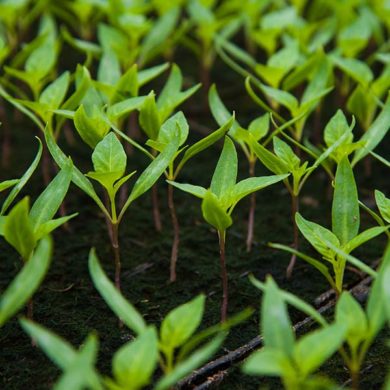3 Routes to a High ROI
December 3rd, 2018
In the past, we’ve told you why it’s important to build up a post-harvest “savings account” of nutrients to help your crop start strong for the next season. But when thinking about crop inputs, the more visible concern is your savings account at the bank!
Concentric’s products are made under a guiding principle that there must be a positive ROI for our customers. Why else would you change your carefully chosen program?
Within the world of specialty crops, there are dozens of aspects that might contribute to a high ROI for growers, and we’re well aware that those reasons vary greatly depending on crop, region and market. Here are three ways that our customers have seen a positive ROI with the use of our products.
1. More yield per acre
The most plain and simple of ROI indicators is the yield increase—a stat we always include in our third-party field trial results. We recently finished the second year of a trial on organic raspberries and found that the grower saw a 6% yield increase in the areas treated with IN-M1 (GARDEN SOLUTION®, SYNERGRO®). Taking into account the price of the product, this translates to an average additional $7,213 per acre.
2. Higher quantity of a larger sized fruit or vegetable

Sometimes the quantity of fruits or vegetables seems comparable between the control and treated groups. But a closer look often shows that in the treated group, there is a higher concentration of larger-sized fruit, often worth more money. Many of our recent trials have shown this phenomenon. In a recent onion trial, the treated onions produced 22.4% more at the colossal size than the untreated. A blueberry trial with our product saw an increase in total yield of large-size blueberries by 32.2%. And an apple trial saw the biggest increases in the 72-88 size range. In all of these cases, bigger fruit equals bigger ROI.
3. Decreased cull rate

Many of our trials have shown that a yield increase is achieved through a decrease in the cull rate of a crop. The same onion trial that saw increases in the colossal size saw a decrease in cull by 10.6%. An almond trial saw a decrease in nut drop percentage, meaning more nuts were available for harvest. And the blueberry trial noted above saw a lower rate of dropped and shriveled berries as well.
We know that growers have many options when it comes to new products and technologies. That’s why we’re as committed to analyzing ROI stats as we are to researching the science behind our product in the lab.


